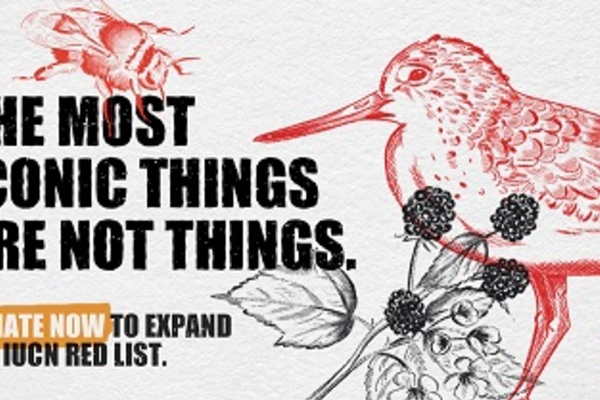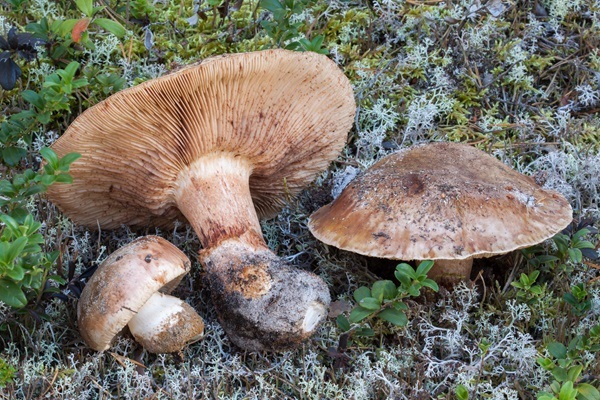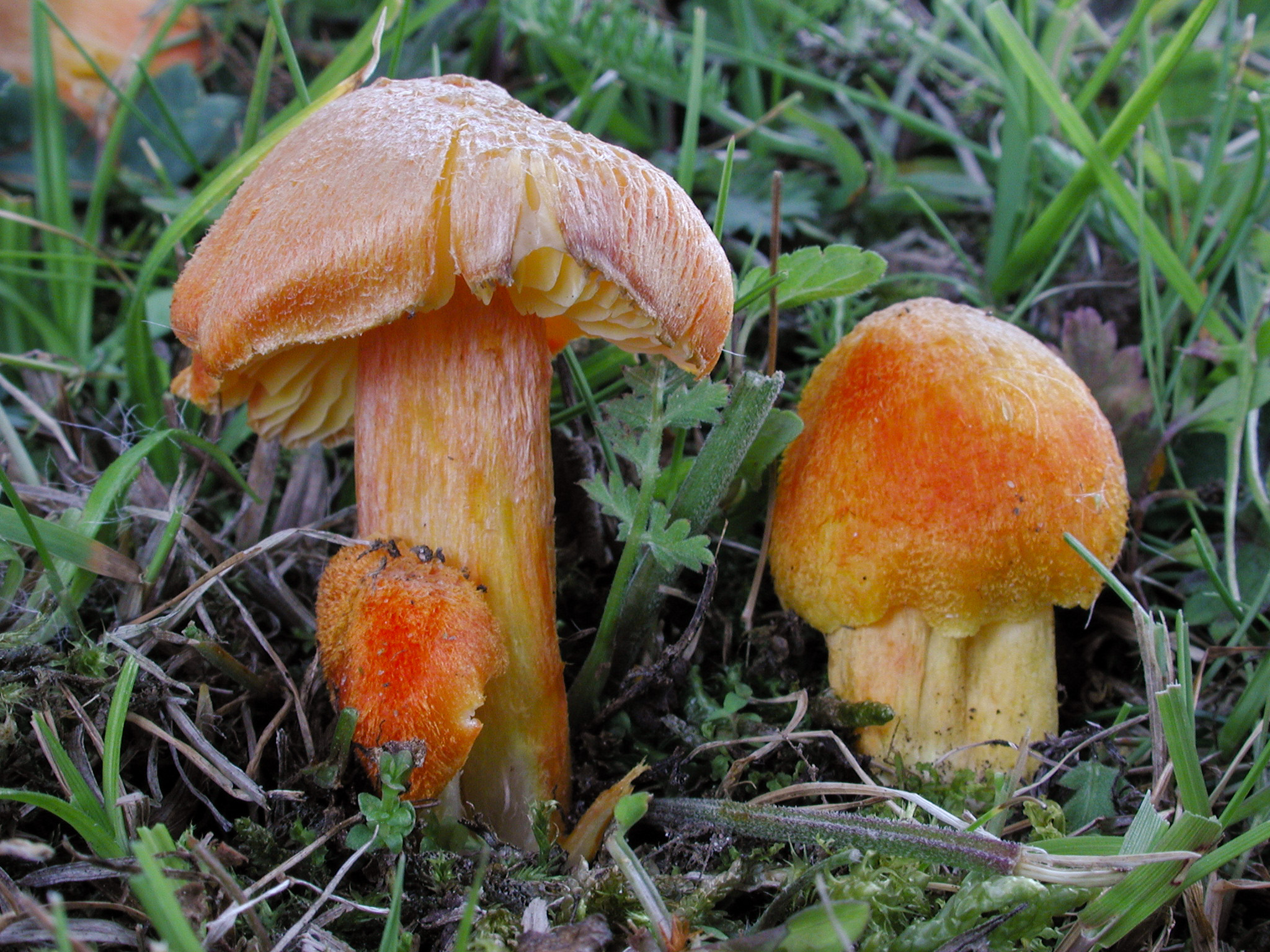
IUCN marks 60th anniversary of Red List with year-long campaign to accelerate species assessments
Supporters of IUCN gathered on the sidelines of the 16th CoP to the UN Convention on Biodiversity in Cali, Colombia on 28 October to celebrate the 60th anniversary of the IUCN Red List of Threatened Species and to chart an ambitious path forwards for expanding the “barometer of life”.
Read the full article on IUCN



